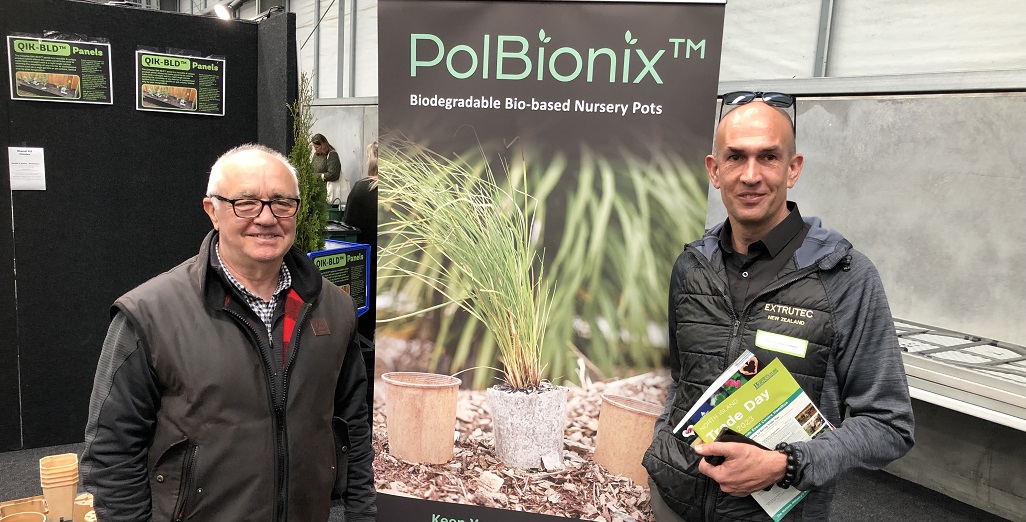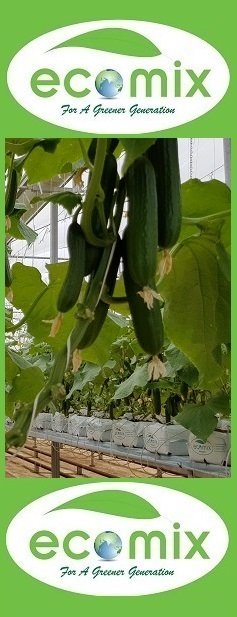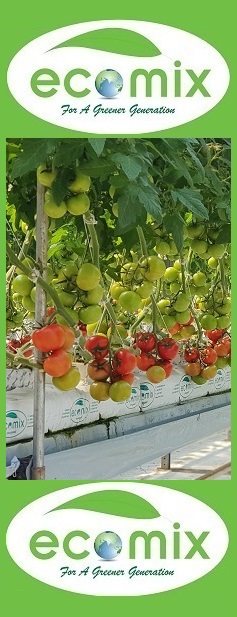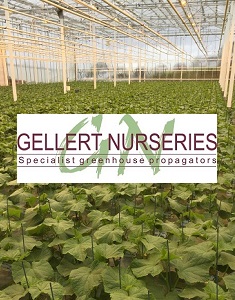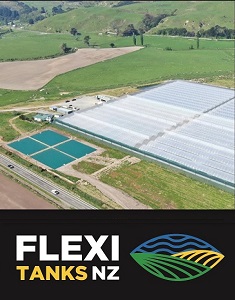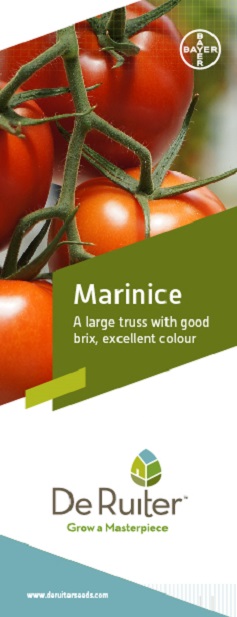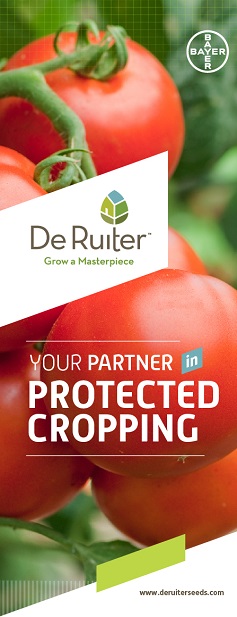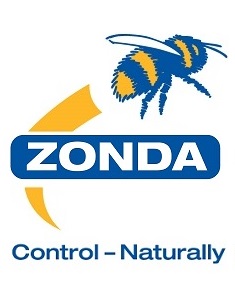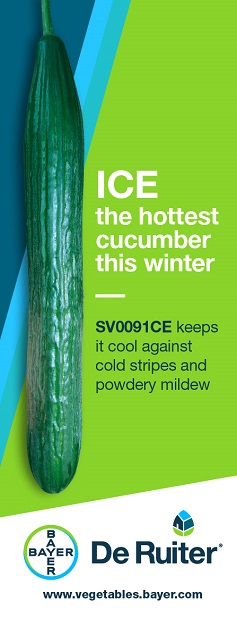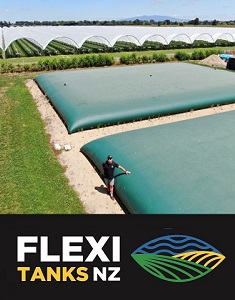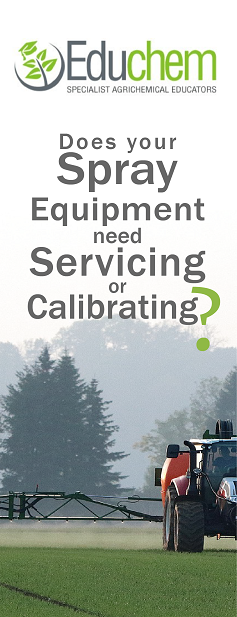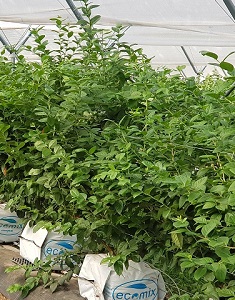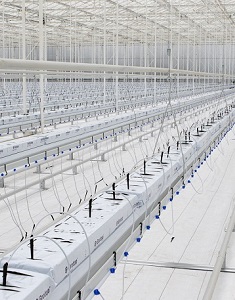Sign up here to subscribe to the Grower2grower Ezine. Every two weeks you will receive new articles, specific to the protected cropping industry, informing you of industry news and events straight to your inbox.
Apr 2019
How do you know what you have lost if you never had it in the first place!

Truss Arching, how important is it?
It is the middle of autumn; day light savings has been and gone and with it the illusion we have extra light hours. Days are shortening rapidly however, we still have nice weather and even up until the shortest day should still enjoy some lovely sunny periods, but without the light intensity. Truss arching or supporting is an essential part of reaching potential production in the autumn and winter. Tomato growers, growing large truss or loose cultivars (even cocktail types), who are not using some type of truss support are missing an opportunity to maximise the size of your fruit.
When you bend a hose pipe you restrict the flow of water, a similar outcome occurs when a truss of tomato’s kinks or bends. There are several reasons why the truss will bend, including low light, weaker trusses, due to high fruit loads, the age of the plant and even lack of nutrition. Light is the most important, you only need to look at the outside rows of greenhouse crops to understand this.
To accurately quantify the increase in production, of using truss supports, is very easy. You could trial it in one or two rows to see if it makes a difference to your growing operation. Many tomato growers already use some form of truss support.
One of the reasons I am writing this article now is that I feel some growers have started using truss supports too late. I always used truss supports. With the cultivar I grew it was very important to start from the 3rd truss setting. I planted in late February or early March, and if the 3rd truss was not arched, you could bet that 50% of the trusses would bend. It was definitely a characteristic of the cultivar I grew. It was not until December, and the heads were nearly too pinched, that the arches no were no longer required.
How to apply arches:
It is important to know when and how to apply the truss supports, especially the truss arches.
When: As soon as the distance between the stem and the first flower of the truss allows you to slip on the arch. The longer you wait the harder to apply and more chance of breaking. This can be discouraging and make you ‘gun shy’. The early morning period is more difficult than the afternoon as the trusses are a lot more prone to breaking early. If you are able, I suggest carrying out this job after morning tea. I advise combining truss arching with truss pruning. If you are regular with arching you can put an arch on the highest truss and prune the one below you arched the previous week. In the autumn and winter the truss set speed is variable between cultivars so timing is different between properties, but in general once a week.
How: It might seem straight forward to put a truss arch on but it is surprising how many times it is put on incorrectly. It is worthwhile for someone to demonstrate to staff the correct way to place arches on a truss. I could try and explain this in writing but I think it would be easier to travel to Africa and back on foot.
In summary, how do you know what production you have missed out on if you never had that production in the first instance! The only way is to conduct your own trials. I thoroughly recommend supporting your trusses. The returns should far out way the cost.
Cover photo showing how to correctly attach a truss arch.
This photo clearly shows the bending/kink of the truss.
I appreciate your comments. Please feel free to comment below or on the grower2grower Facebook page:
https://www.facebook.com/StefanGrower2grower/
Article Written by Stefan Vogrincic, Consultant, Grower2Grower
Article Edited by Marie Vogrincic, Editor, Grower2Grower
CLASSIFIED
Subscribe to our E-Zine
More
From This Category
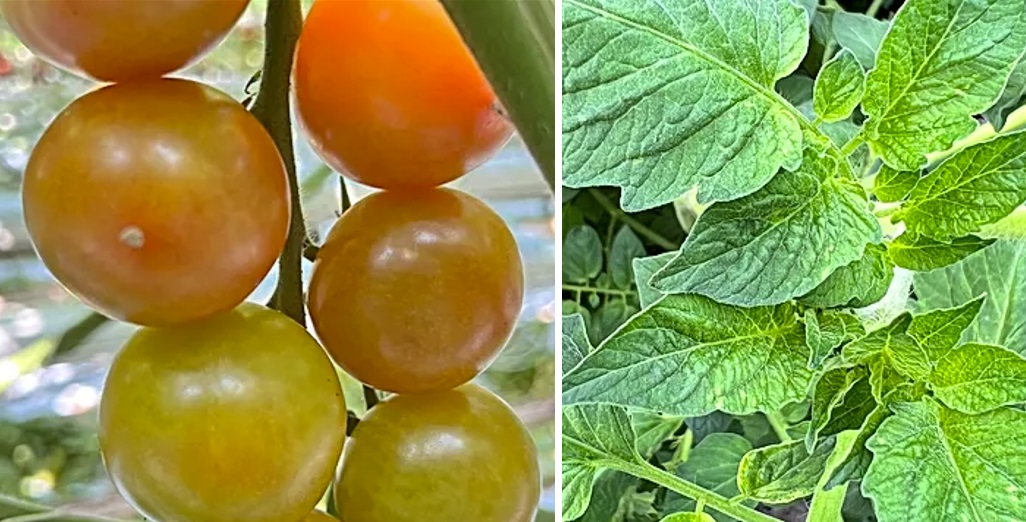
Tomato grower applies Tobre after contamination
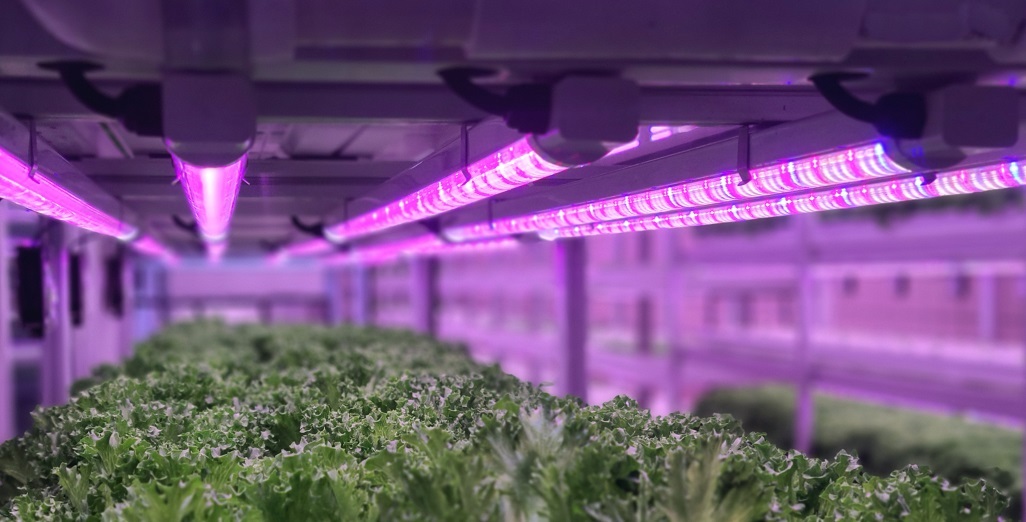
Whitepaper elaborates on safe recirculation of irrigation water
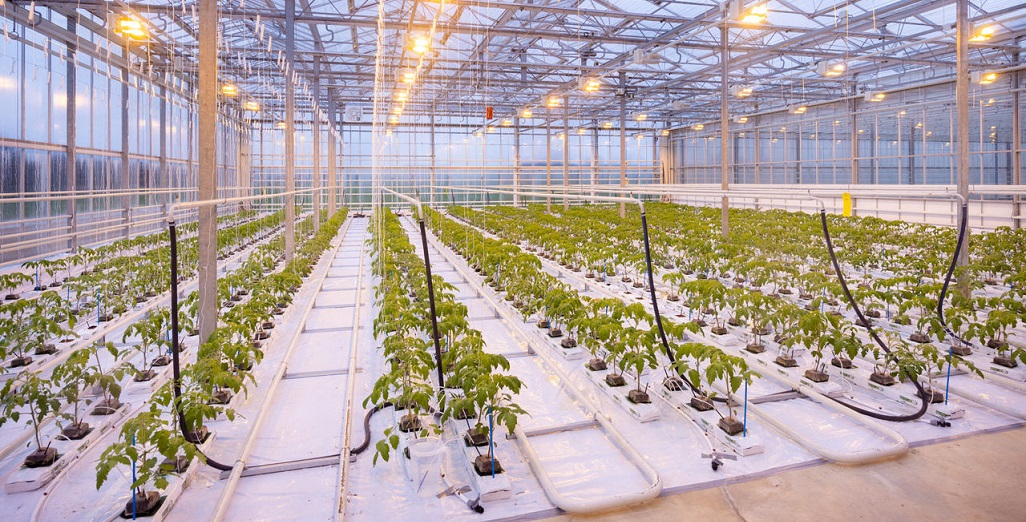
High hygiene standards are crucial to mitigate co-infection
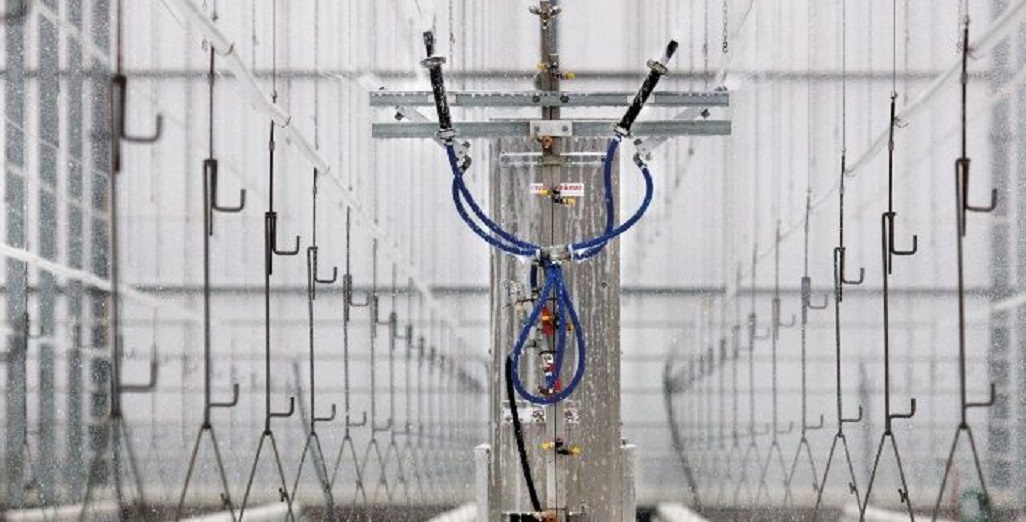
(Best of 2023) Hygiene a Priority in 2023
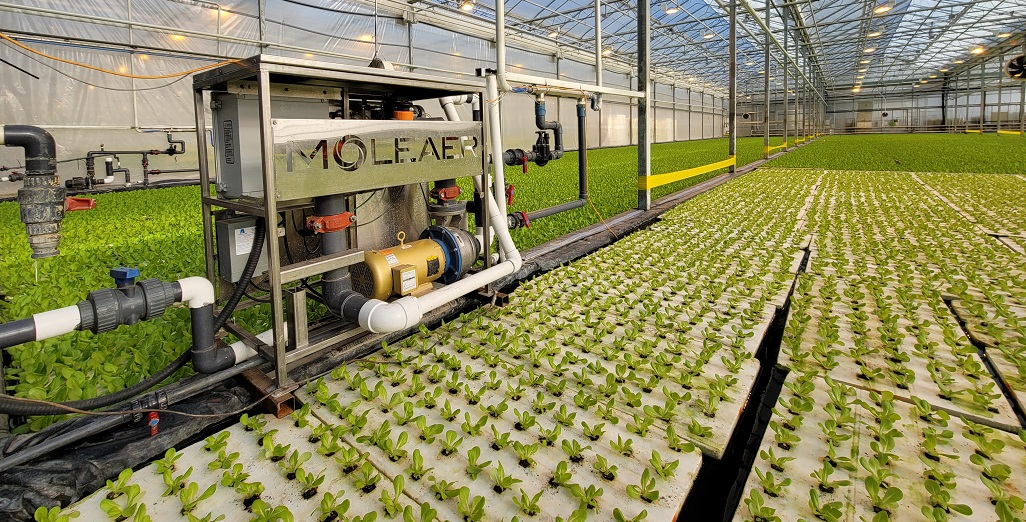
Maximizing Crop Yields with Nanobubbles
